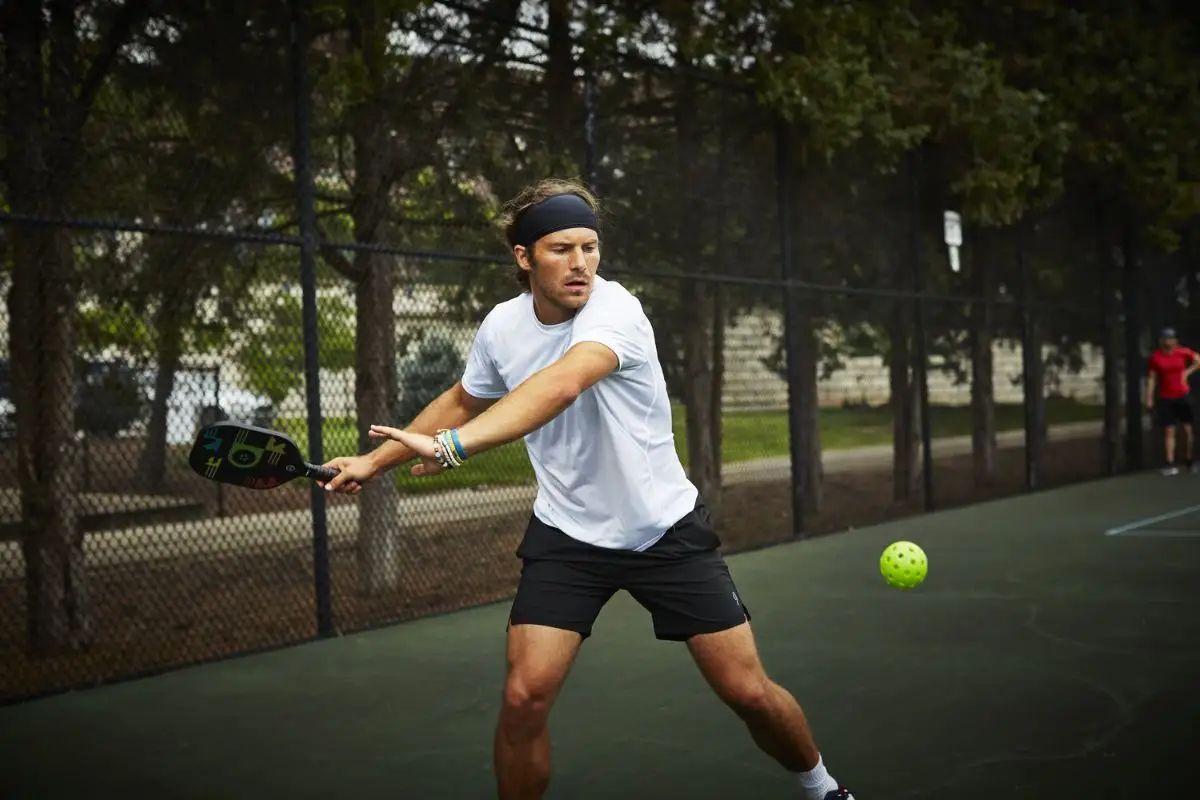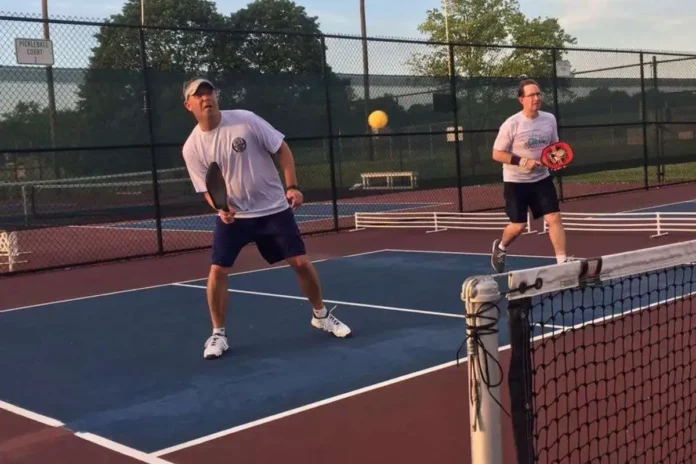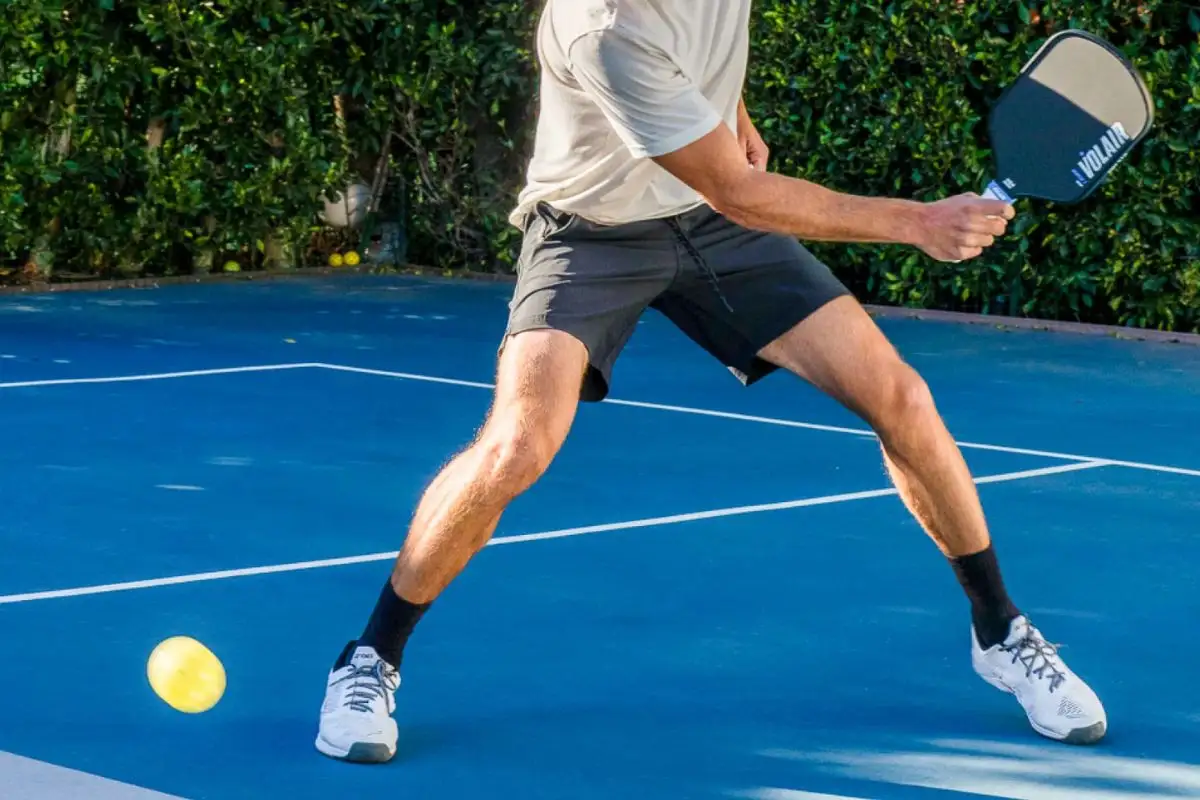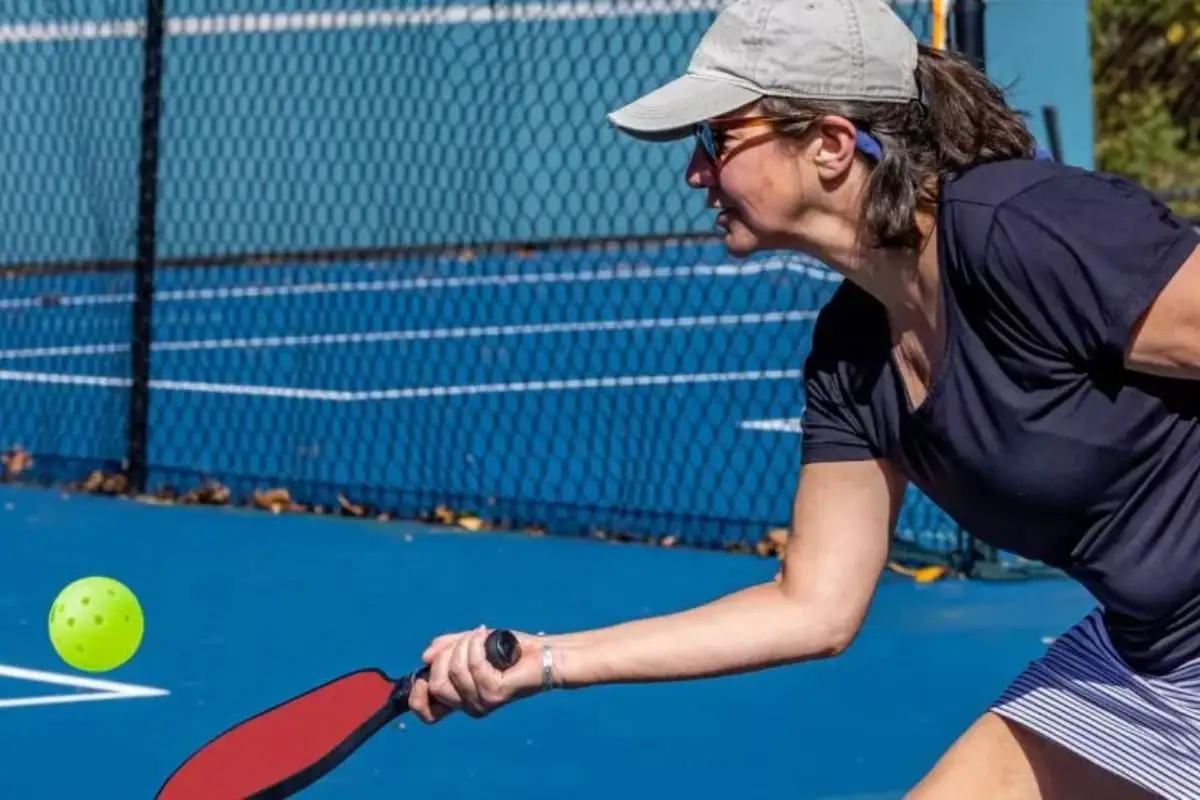Pickleball Dinking Disasters: For those who have been immersed in pickleball, it is well understood that dinking serves in pickleball as a crucial element in advancing one’s game. However, for many pickleball players, particularly those hovering around the 3.0 to 3.5 skill level, dinks can often trigger an unintended consequence: the return of hard drives that lead to intense hand battles, quickly spiraling out of control.
The question that arises is simple yet perplexing: Why do some dinks seem to invite aggressive attacks while others compel opponents to respond with softer shots?
The Challenge of Dinking in Pickleball
A prevalent frustration among players is the feeling that their dinks are consistently met with hard drives. This issue often stems from the height and placement of dink shots.
When a dink bounces too high, it transforms into what seasoned players term an “attackable” ball, allowing opponents the opportunity to slam it back, thereby turning a carefully executed shot into a mini panic situation.
Keys to Successful Dinking
Keep the Dink Low and Controlled
The primary reason dinks get driven back lies in their height. A well-executed dink should remain low, ideally compelling opponents to reach for the shot or strike it at an awkward angle.
A valuable tip for players is ensuring that the apex—the highest point—of the dink occurs on their side of the net. This approach guarantees that the ball descends as it crosses the net, maintaining a low bounce and significantly reducing the likelihood of an attack.
Target the Backhand Foot
Placement is paramount in the art of dinking in pickleball. Many players struggle more with backhand shots, especially when attempting to return low dinks. Directing the dink to land at the opponent’s backhand foot complicates their ability to mount an effective attack, increasing the chances that they will respond with a soft dink rather than a powerful drive.
The objective is to create discomfort for the opponent, making it challenging for them to engage in offensive returns.
Add Spin, but Keep It Simple
Introducing topspin to dinks can help keep them low and difficult to return, but this pickleball technique can be tricky for players at the 3.0 to 3.5 level. A touch of topspin can push opponents away from the net and prevent the ball from bouncing too high.
However, until players feel confident in their control, the focus should be on delivering solid, consistent dinks without adding unnecessary complexity. The consensus among experienced players is clear: when in doubt, prioritize hitting flat and low.
Patience and Movement
A common pitfall for many players is impatience with their dinks, often resulting in hasty decisions. Mastering the art of dinking in pickleball depends on patience. Crosscourt dinks effectively keep opponents moving and maintain control of the rally.
Players should aim for various areas within the kitchen, alternating targets to compel the opponent to shift positions repeatedly. This pickleball strategy enhances unpredictability in their returns, reducing the likelihood of aggressive shots.
Prepare for the Counterattack
Despite diligent efforts, every dink carries the potential to be attacked, particularly by bold opponents. If players notice that their dinks continue to be met with hard drives, it may be time to prepare for the counter. Seasoned players often recommend anticipating the speed-up rather than merely reacting to it.
Softening the grip on the paddle, maintaining a forward paddle position, and remaining ready to either block or counterattack can prove invaluable. Sometimes, the best move involves sidestepping an incoming drive, especially if it appears likely to sail long.
Cultivating a mindset of expectation regarding drives can also lead to enticing opponents into making risky pickleball shots, often resulting in errors that propel the ball out of bounds.
Handling the Dinking Struggle
Numerous players around the 3.5 skill level have reported grappling with the frequency of their dinks being attacked, leading to a pervasive feeling that something is amiss with their shots. In reality, even an expertly executed dink can fall victim to a prepared opponent. The true challenge lies not in achieving the elusive “perfect” dink but in consistently delivering shots that deter opponents from attacking.
Recording matches can serve as a transformative tool. Experienced players demand reviewing game footage to identify underlying issues. Are dinks bouncing higher than anticipated? Are players accidentally providing signals that enable opponents to anticipate shots?
Common Mistakes in Pickleball
- Wrist Curl and Overactive Backswing: A frequent error among players involves curling the wrist or employing excessive backswing, resulting in higher bounces. The solution lies in adopting a relaxed, “laid-back” paddle position and utilizing a straightforward lift from the shoulder to guide the dink. Reducing wrist movement enhances control, facilitating lower dinks.
- Dinking Without Intent: Merely executing a dink is insufficient; players must approach dinking with purpose. A lack of intent invites opponents to capitalize on the opportunity. Instead, pickleball players should strive to place dinks in challenging positions, either forcing opponents to stretch or targeting their backhands at sharp angles.
- Stopping the Follow-Through: Players often mistakenly attempt to halt their follow-through, leading to inconsistency. Instead, focusing on a smooth, controlled follow-through will allow the ball to descend softly over the net.

The Journey to Mastery
The transition from constant attacks on dinks to controlling rallies through strategic dinking in pickleball may feel gradual, but it remains pivotal to skill advancement.
As players improve, they begin to recognize the purpose behind every dink—not just as a means to decelerate the game but as a tool to frustrate opponents, exploit gaps, and ultimately create opportunities to win points.
News in Brief: Pickleball Dinking Disasters
Dinking is essential in pickleball, especially for pickleball players at the 3.0 to 3.5 skill levels, who often face challenges with hard drives in return. To make dinks unattackable, players should focus on keeping dinks low, targeting the opponent’s backhand, and employing patience. Recording matches can help identify areas for improvement, as understanding the mechanics of dinking can significantly enhance overall performance.
ALSO READ: How to Dink Consistently in Pickleball and Take the Skills to the Next Level?



